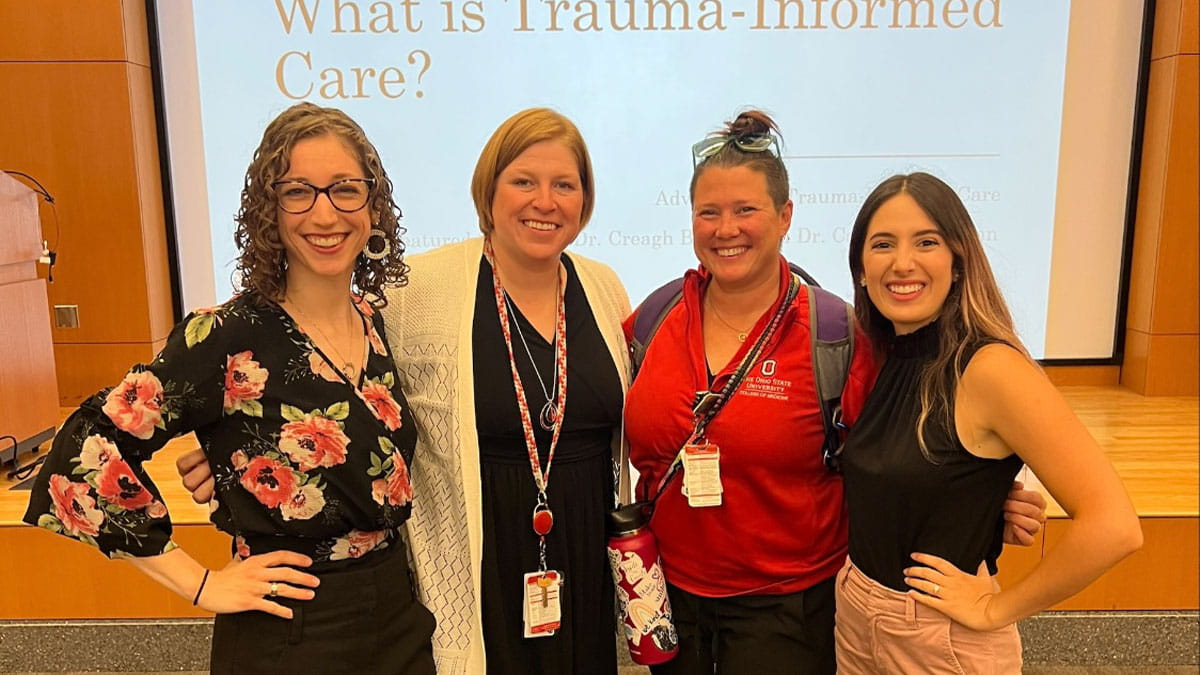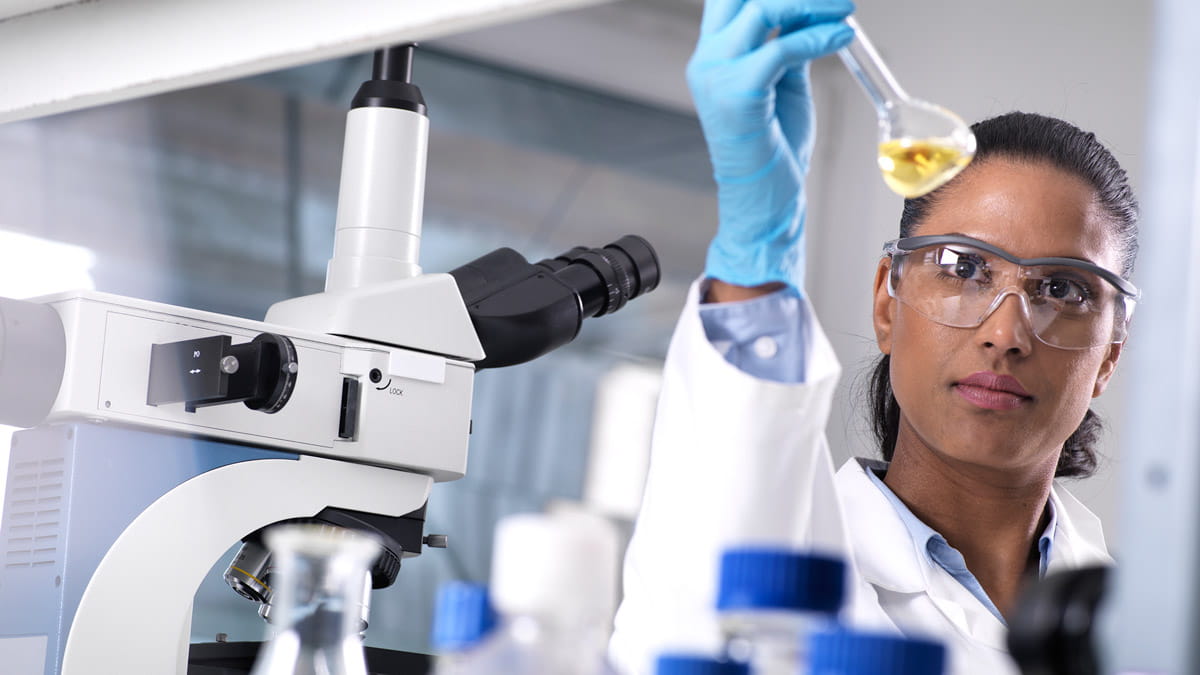Further understanding arrhythmia may prevent heart failure
“When heart failures occur, half of all who are afflicted will die of arrhythmia,” says Isabelle Deschenes, PhD, professor and newly-appointed chair of Physiology and Cell Biology at The Ohio State University College of Medicine.
Ventricular arrhythmia – an irregular beating of the heart – occurs when the electrical impulses from the brain to the heart muscles become disrupted, which interferes with the heart’s ability to rhythmically circulate blood throughout the body. “Not all arrhythmias are fatal, but when they are severe enough to cause heart failure, there’s a good chance they will be,” Deschenes says. Her new role at Ohio State’s College of Medicine will include research into this deadly condition.
A wealth of related experience
Deschenes has overseen extensive research involving arrhythmias. Her previous role was director of the Heart and Vascular Research Center at Case Western Reserve University, where she also served as a professor of medicine, physiology and biophysics and biomedical engineering. Deschenes and her team expanded the understanding of what happens during arrhythmias at the cellular level and researched cutting-edge techniques that could be used to treat those physiological mechanisms.
To predict who may be predisposed to the condition, Deschenes explored the role of genetic mutations in causing arrhythmia, and the team Deschenes brought with her to Ohio State from Case is already planning new research projects in this area.
A new home for her work
What attracted Deschenes to Ohio State? “It’s well known for its commitment to advanced research,” she says. “I aim to help continue and advance that reputation.” While exploring opportunities at Ohio State, she was also impressed by the level of collaboration she’s seen and by the number of awards and grants it has received—a strong indicator of the strength of a college. The quality and quantity of publications written by researchers and faculty gave her an important insight into the caliber of professionals at Ohio State. “I was excited by the college’s commitment to emerging technologies and state-of-the-art equipment,” she says.
In her role as chair, Deschenes says she will set the strategic direction for her departments, help shape research, assist the faculty and build professional relationships that advance the mission of the College of Medicine.
In shaping research, Deschenes notes that it’s essential for such efforts to eventually result in usable applications. “While we really want to be at the forefront of research, we also want to be very translational. Even though we are more like scientists, we want to make sure our research makes it to the clinic,” she says.
Faculty development is another one of her priorities. Deschenes plans to recruit new faculty and help existing educators grow their careers. “The Department of Physiology and Cell Biology has grown significantly over the past couple of years and we have some junior faculty that I can assist in setting up labs and planning careers,” she says. “A lot of my personal focus will initially be on them.”
Finally, Deschenes wants to build professional relationships within the College of Medicine, The Ohio State University Wexner Medical Center and across the university. She also plans to continue leveraging Ohio State partnerships with other institutions, such as Nationwide Children’s Hospital. This will further advance the College of Medicine’s reputation and may identify joint initiatives opportunities.
“I’m really thrilled about what the future holds for The Ohio State University College of Medicine,” Deschenes says. “I have definitely found a new home.”



